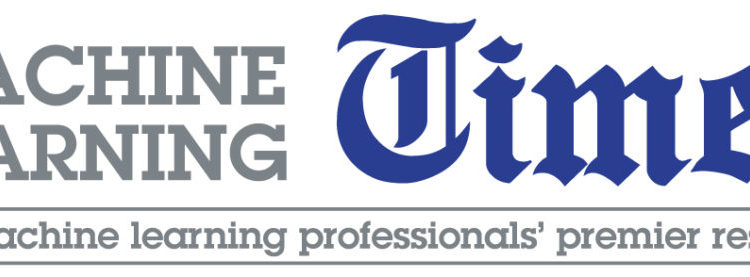
On my first work trip to Jakarta 14 January 2016 for Grab, multiple terrorist bombs exploded a couple of miles from the GrabBike office where I had just arrived. People were fleeing cafes and restaurants around the attack site. My new colleagues were shaken, glad to be safe, looking to help. There was news of crowds on the streets trying to get away, confirmed by a spike in booking requests from the blocks around the explosion. My colleagues remembered the 2002 Bali bombings, and knew we should get people to spread out. And we knew that our algorithms would treat this like rush-hour demand and activate surge pricing. People needed to be evacuated, but left to its own devices, our AI would have discouraged them with a higher price.
We should make trips away from the surrounding blocks free.The whole staff (including Anthony Tan, the CEO) were clear on that goal. I don’t know how many app notifications, vehicle type configs, price settings, promo code workarounds, driver incentives, press communications people set up — but they figured it all out, leaping into a sudden disaster response situation in the space of a few minutes. And it worked.
In Texas right now, a week into a freezing natural disaster, we’re hearing of customers being charged 75 times the normal rate for electricity (average is about 12c per kWh, the peak was set at $9). At this price, the average US household would pay around $8,000 a month for electricity. Instead of just canceling this, there are various proposals for the state or federal government to provide “disaster relief” by paying such bills. Or maybe the next step is a class action lawsuit.
To continue reading this article, click here.
